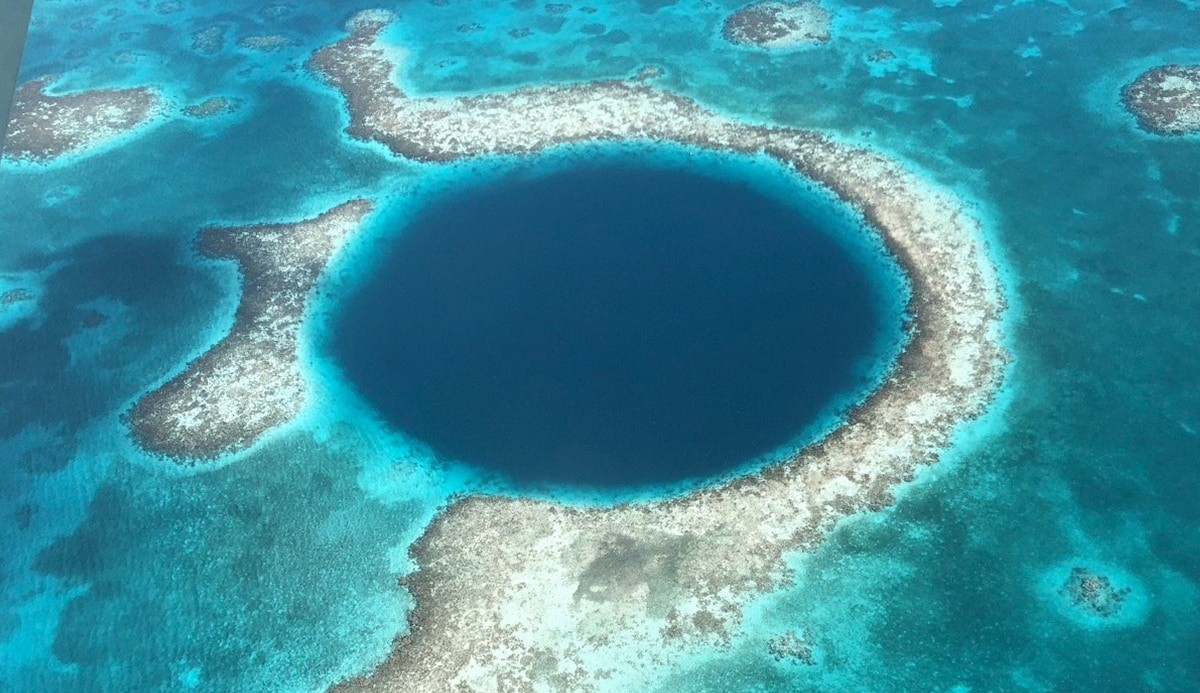

Researchers Discover Massive 900-Feet-Deep Blue Hole In Mexico
The second-deepest blue hole in the world has been discovered in Mexico’s Chetumal Bay. The giant, underwater cavern is about 900 feet deep and has an area of 147,000 square feet, LiveScience has reported.
Although the massive sinkhole was originally discovered in 2021, it was only documented recently in the scientific journal Frontiers In Marine Science.
According to Discovery.com, blue holes are home to ancient limestone caves carved into the ocean floor. Due to an accumulation of dead bacteria from fallen trees and leaves, these lesser-known inland blue holes are black in appearance and devoid of light. From the surface, they appear as nothing more than swamps, but what lies beneath is incredible.
Dubbed Taam ja’ – which means “deep water” in Maya, these blue holes have little oxygen and sunlight only shines on the surface. Even with these conditions, these gigantic voids are teeming with life that has adapted to the low-oxygen environment, according to LiveScience.
It is the second deepest known blue hole in the world, after the Dragon Hole in the South China Sea which is believed to extend down some 980 feet, according to the study.
Blue holes may offer a snapshot of what life was like thousands of years ago. It may also reveal more about life on other planets.
The Scottish Government has reaffirmed its commitment to supporting religious freedom and human rights for…
Tara Chand Baloch, the President of the Baloch American Congress and a former Cabinet minister…
In a groundbreaking study, researchers from McGill University have identified nine biological markers in the…
India, in a firm and unequivocal statement at the United Nations Security Council (UNSC), accused…
External Affairs Minister S Jaishankar shared his remarks on how India and Germany can upgrade…
Germany has come out resolutely behind India and its fight against terrorism under Operation Sindoor.…